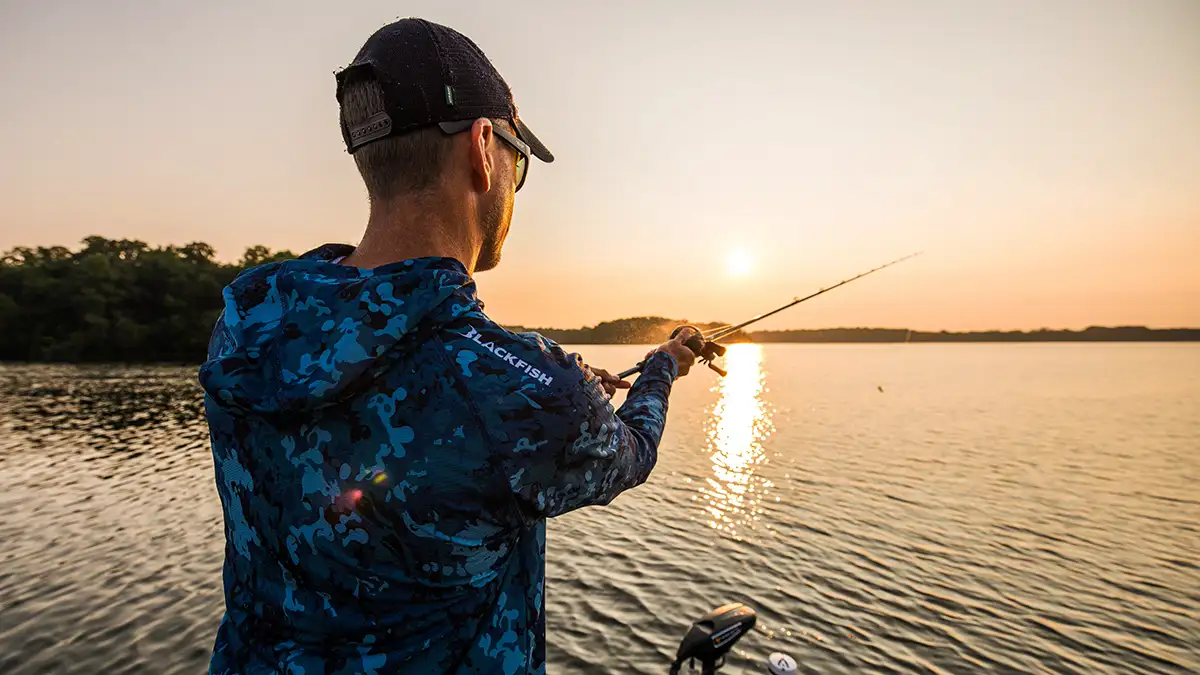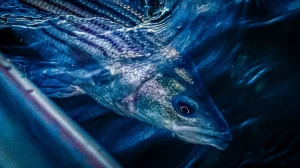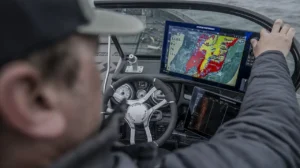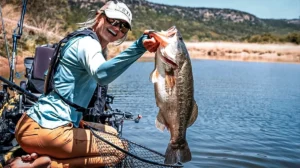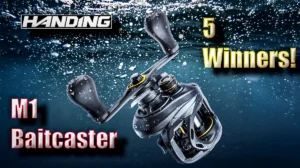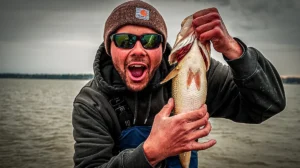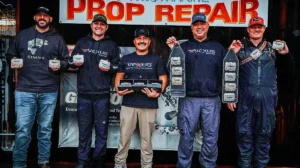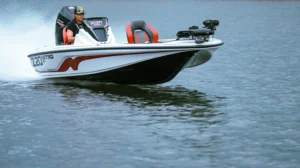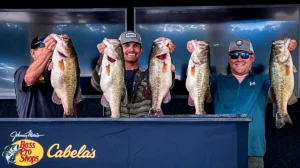The spinnerbait is a lure that many bass anglers first began throwing at a young age as it is versatile, easy to cast, snag-resistant and most importantly, it catches bass.
Some anglers leave the spinnerbait by the wayside as they progress along their fishing journey. But others (Jason Christie, cough, cough) understand its incredible potential and have embraced the spinnerbait.
These anglers realize that each spinnerbait is different, and identifying the strengths of each can help you catch more fish. There are numerous ways a spinnerbait can be customized to the conditions an angler is presented with on the water. Breaking the design elements can help understand what makes each work in a given situation.
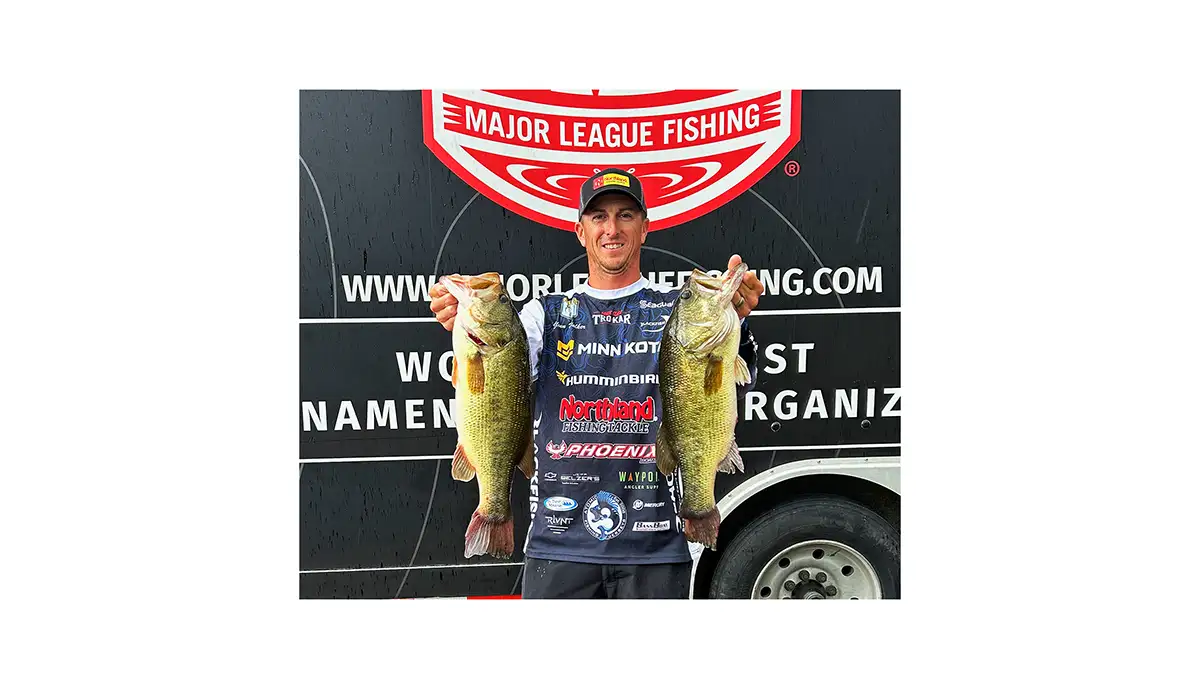
BLADE DESIGN
There are three common blade designs that are used on spinnerbaits. Each has their purpose, depending on weather and water conditions.
- Colorado: This blade puts off a lot of vibration, which is good for cold or stained water and when you need to slow roll your spinnerbait.
- Willowleaf: This blade puts off a lot of flash, which is good when the water is clear and the bass are gorging themselves on baitfish. It excels in the fall as bass are primarily feeding on baitfish.
- Indiana: This blade is a combination of the above mentioned two. As such, it puts off a good amount of vibration as well as a good amount of flash. I lean toward this blade more in the spring than anything.
A good starting point for a spinnerbait in the fall is a tandem blade combination, with a small Colorado blade on the wire shaft and then a willowleaf at the end of the bait. This is an all-around good choice for emitting flash and vibration.
If you need to slow roll that spinnerbait to generate a reaction strike because the water temperature dropped or the water is stained, a single Colorado blade is a great option. This is because you can keep that blade spinning and emitting a strong vibration even with the slowest retrieve you can muster.
A double willowleaf configuration puts off a lot of flash, thus emulating fleeing baitfish. This is a great option when the bass are super shallow and feeding heavily on shad.
One of the great things about a spinnerbait is that with a good pair of split ring pliers, you can quickly change out the blades and configuration of the blades to fit the conditions you are faced with. Be ready to change on the water for more bites.
BRING A TRAILER
Spinnerbaits are great as you can fish them as is, or change it up by adding some bulk and additional action to your presentation by adding a soft plastic bait to it.
The water clarity, temperature and what the bass are feeding on will dictate what type of trailer you rig on your spinnerbait. Some options include the standard split-tail spinnerbait trailers. This is an all-around good choice to provide some additional action without adding too much bulk to the bait.
Adding a soft plastic swimbait is a great choice if you are fishing deep or when the water temperature starts dropping. If you want a lot of action to get bass’ attention, then a bigger paddle tail swimbait like the Keitech Fat Swing Impact 3.8 or X Zone Lures Swammer 3.5 are possible choices.
If you’re just looking for a little added action on the back of the bait, choose a swimbait with a slimmed-down profile. Swimbaits like the Zoom Baits Shimmer Shad 3.6 or the Northland Fishing Tackle Eye Candy Paddle Shad are excellent options here, as the tail action of those baits won’t overpower the spinnerbait blades.
PUTTING IT TOGETHER
Now that we’ve gone over the different types of spinnerbait blade designs, blade configurations and possible soft plastic trailer options, it’s time to put them together and create a pairing to tempt a bass into biting.
If I had to pick three spinnerbaits to have with me, here would be the three:
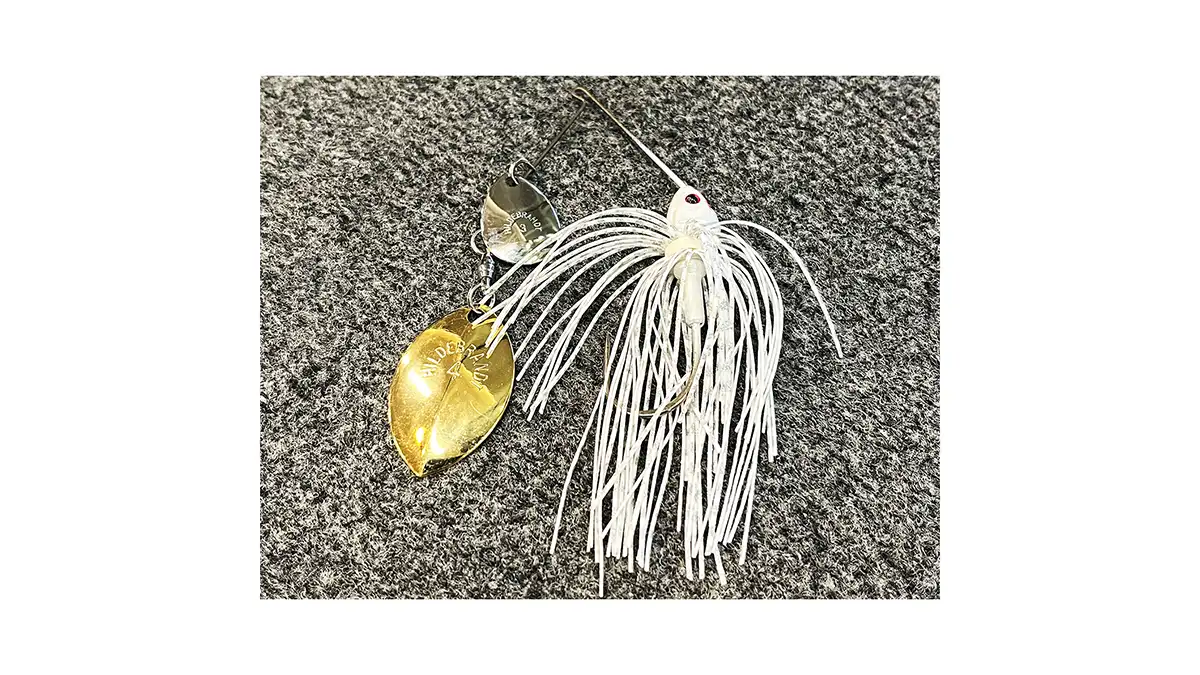
BOOYAH Covert Finesse Series: This compact spinnerbait gets bass to bite, even when they are in that fall transition period. When fishing shallow, I’ll use the 3/8 ounce size. When when I need to get the bait down, I’ll use the ½ ounce size.
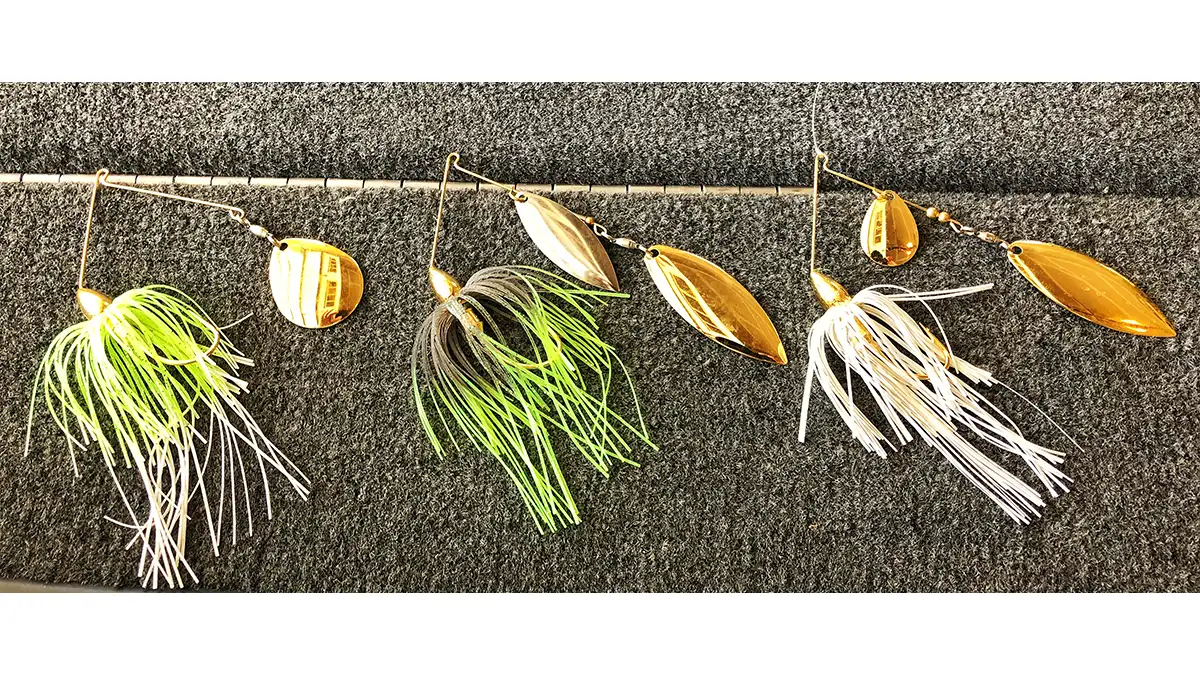
War Eagle Double Willow: A staple in the bass fishing world, these cast far, run true and the vibration they emit is like none other.

Bassman Compact Series Tandem: This 3/8 ounce spinnerbait has a lot of thump, but is compact enough to come through weeds and laydowns with ease.
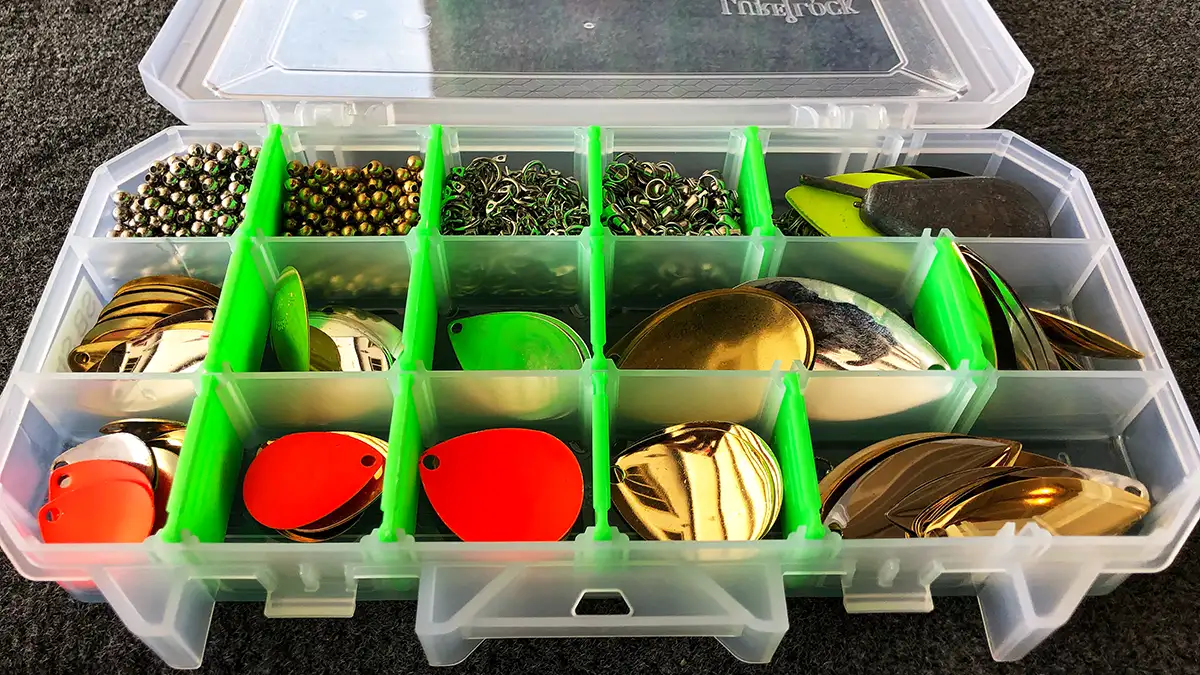
CHOOSE THE RIGHT EQUIPMENT
Selecting the equipment that I use to throw a spinnerbait begins with the reel. If I plan on slow rolling it, then I want to use a lower gear ratio reel of around 6.2:1. But if I’m burning my bait, I’ll go with a high-speed ratio of 7.2:1 or so.
Regardless of the reel choice, I like to use at least a 7 foot long rod. With a rod of that size I can make casts in tight quarters, but still make long casts on open flats. Since the bait is moving and a bass can track it down and inhale it, I like to use a half glass, half fiberglass rod. This makes the rod sensitive, but it will load up when a bass hits.
My line choice is 15 pound test Seaguar TATSU Fluorocarbon. It casts easily and is very abrasion resistant so I can fish around nasty cover and not have to worry about my line breaking.
NO WRONG PLACE
Anywhere bass are chasing and pushing shad up is a great area to throw a spinnerbait in, as it’s likely those bass haven’t seen a spinnerbait in some time and it will get bit. You can fish main lake flats with scattered weed clumps, run them parallel to boat docks, or make targeted casts to laydowns.
As you prepare for your fall fishing trip, make sure you know your spinnerbait anatomy. Be prepared to make some modifications on the water so you can get the most out of your spinnerbaits!


